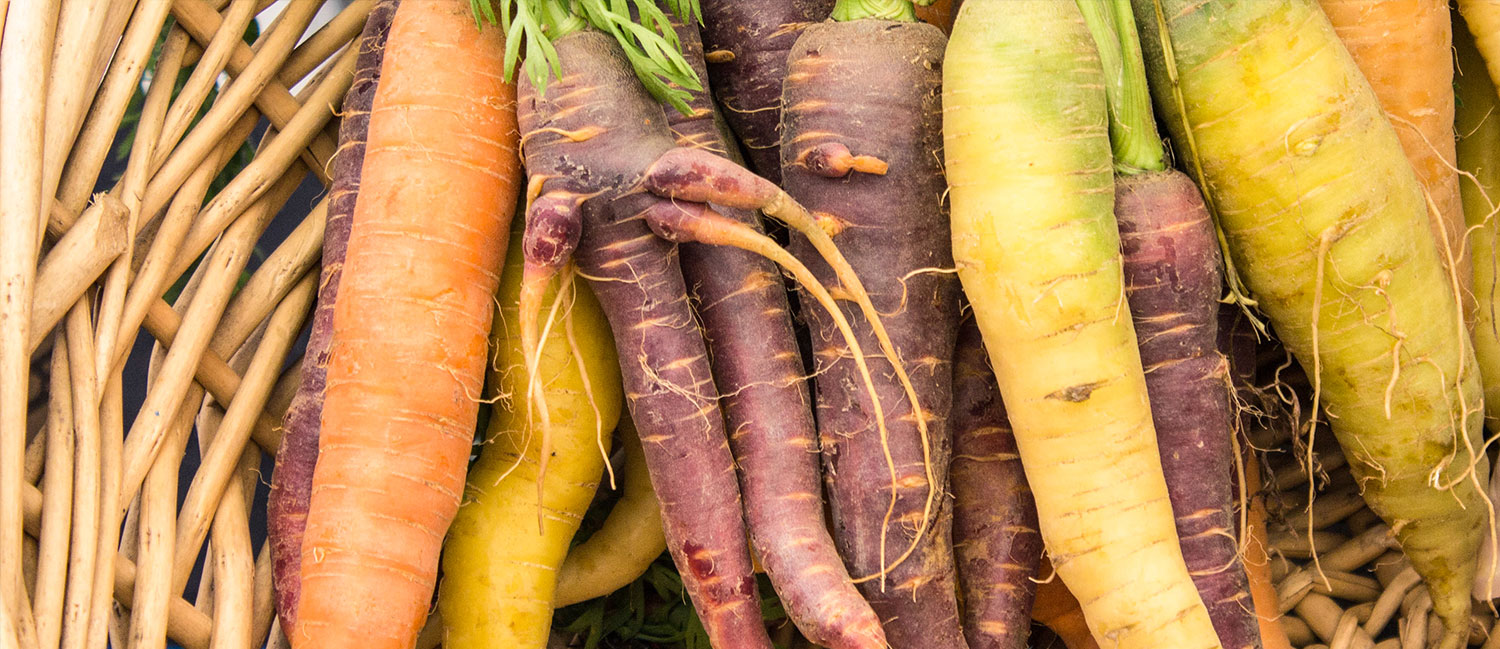A quick look at Instagram and you’ll see that people are obsessed with the beauty of their food. They love the rich colors of a fresh salad and the symmetry of perfectly round oranges. But are those Instagrammers missing something? The tastiest fruits and vegetables may not always be picture perfect. At Evolution Fresh, we believe in seeing beyond the exterior to the flavor within. And we’re not alone in our love of “ugly veg”: every day, more and more people are finding that lopsided pears, bent cucumbers and misshapen tomatoes are just as tasty as the pretty produce you usually find in grocery stores.
“We’ve always chosen the fruits and vegetables that go into our juice based on one thing: taste.”
–Jimmy Rosenberg, founder of Evolution Fresh
When we started out, our founder, Jimmy Rosenberg, would wake up before dawn to be one of the first at the LA Produce Market. He’d smell, slice and sample everything to be sure it would make the best juice possible. It was in his hunt for incredible ingredients that Jimmy discovered the most flavorful fruits and veggies don’t always look Instagram-ready. Which made us wonder: why don’t we see more of this ugly veg? Where does it all go?
That fresh, but ugly, produce often goes straight from farm to landfill. The USDA estimates that Americans toss about 133 billion pounds of food a year. That’s enough to feed the entire city of Chicago for nearly two decades! And much of that food doesn’t even make it to the grocery store, but gets left in the field to rot. In fact, it’s common for about 60% of a head of romaine lettuce to never leave the field; the large outer leaves being “too dark or bruised” to make it into a bag of romaine hearts or chopped lettuce. With more than 17 million families facing food insecurity, that much food waste is hard to stomach. By making nutrients and taste—not looks—our priority, we can work together to use more of this not-so-pretty produce and help put a dent in the food waste issue.
We’re excited to see this ugly veg movement take off—and our growers are playing a key role. Working together, we’re creating smart ways to harvest and juice their ugly veg, instead of letting it go to waste. We’ve been a part of the movement from the start, setting up programs like sustainably-cut spinach and sourcing our ingredients from the quirky yet delicious fruits and veggies that might otherwise end up in a landfill. Choices like these have power, and they are the heart of the ugly veg movement. When we, as consumers, choose to focus on what’s inside our food instead of how it looks, we can make an impact on ourselves, our community and our environment.
Sources:
http://n.pr/28NyySI
http://1.usa.gov/1UH8Lsa
http://wapo.st/1Pq0hpe
http://1.usa.gov/1OMbpPR

